Words with force
Artists use visualized words as they examine social issues
An ongoing group exhibition at Pearl Lam Galleries, entitled Words Tend to be Inadequate, features paintings, collages, photos, LED signs, installations and a video projection by eight well-known Chinese and foreign artists. The exhibition aims to explore how text can be used in visual arts to communicate ideas and inner feelings.
The title of the exhibition is an aphorism from participating US artist Jenny Holzer's first public work Truisms, a series of statements consisting of witty, terse sentences. Holzer's words are printed on cups, stickers, T-shirts, baseball caps, and projected on TV monitors in subway stations.
By using her regular technique of showing scrolling messages on large-scale public displays, Holzer speaks to a wide range of social issues such as war, power, feminism and violence.
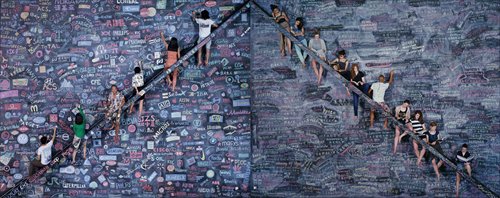
Mixed media works by eight Chinese and foreign artists are on display at a group exhibition at Pearl Lam Galleries. Photos: Courtesy of the gallery
Holzer's striking messages greet viewers as they enter the gallery. Fluorescent Chinese characters rendered from her Pearl's Truisms and Survival series zap cross an LED screen, appearing in white, red, blue and purple. Her words such as "technology will make or break us" and "you are a victim of the rules you live by" carry an expressive force.
Holzer is mostly known for her large-scale public displays that include billboard ads, street posters and projections on buildings. LED signs are her most visible medium.
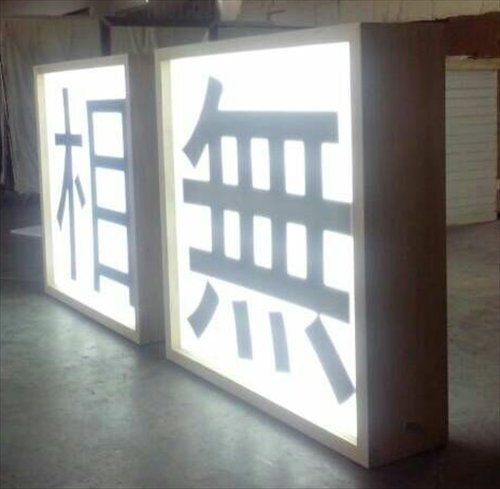
"I wrote on as many subjects as possible and as succinctly as possible, and from multiple points of view. Using the form of a maxim or a truism was a way to distill beliefs," Holzer told the Global Times.
Tibetan-born British artist Gonkar Gyatso has three works - Fly, Smog and Demolition - on display at the exhibition. Gyatso casts an ironic eye over China's urbanization through his text-based mixed media collages where some Chinese words such as "wumai" (fog and haze) and "chai" (demolition) are covered with small garish ornamentation. His works are highly critical, showing his concerns about the social issues the country faces.
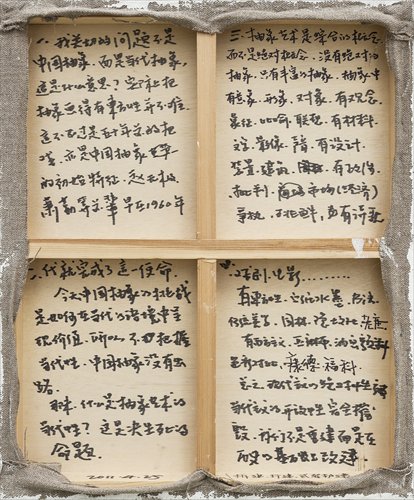
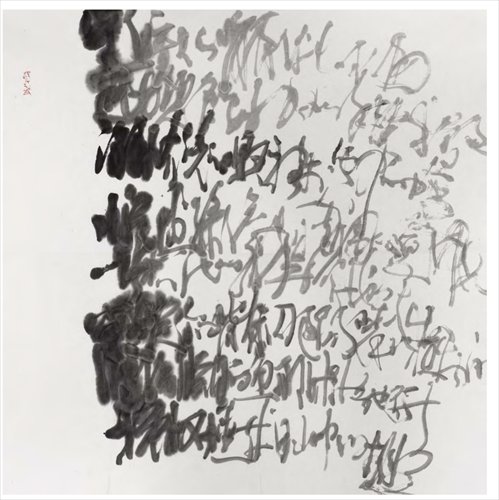
Gyatso said he was inspired by his experiences living in China. "Everything is so shiny and new. I want to reflect the visual impact of modern China," he said. "The main idea behind this text work is to explore how language is popularized by politicians and social media. I want to camouflage the meaning of the words as a metaphor for what is happening in China."
Chinese artist Wang Qingsong also addresses social problems but in a different way. Wang's photographic work One World, One Dream, a diptych that takes its name from the slogan for the 2008 Olympic Games in Beijing, features hundreds of colorful logos of Fortune Global 500 companies scribbled on a large blackboard, and the names of the world's top 500 universities on the other. In each photo, Wang poses with some young people on a ladder in front of the blackboard.
Wang said the pyramid formed by the two ladders is a metaphor for one's awareness of upward mobility. "'One World, One Dream' is only an aspiration," he said. "How can we achieve uniformity in a world of great diversity?" He questions whether individual desires are neglected amid rapid globalization.
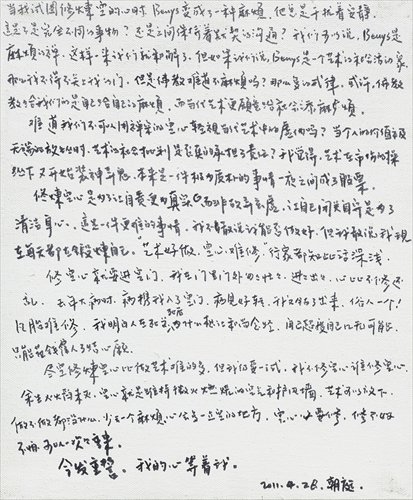
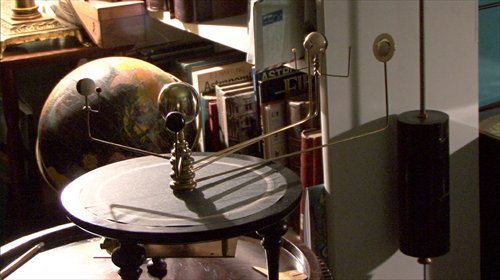

Through his signature large posed photos, which feature dozens of models and props, Wang carefully examines the social, political and cultural landscapes in an everchanging society.
Hong Kong artist Tsang Kin-wah has established himself using large-scale text installations. His work features text-based floral patterns snaking across the walls and floors in all directions.
Thought-provoking phrases like "LUXURY ART CREATE$ BIG MONEY" and "ABU$E OF ART COME$ A$ NO SURPRISE" demonstrate his resentment toward materialism, which he thinks is prevalent in Hong Kong.
Tsang creates visually dynamic patterns on the surface, but the core of his work is in the words' emotional impact. He fills the entire space with sprawling patterns, drawing viewers to step closer for a detailed examination of the content.
The exhibition also shows works by Chinese artists Qin Yufen, Qiu Zhenzhong, Zhu Jinshi, and German artist Daniel Gustav Cramer.
None of the works are attributed or captioned, triggering contemplation of what is being said, who is saying it and to what end, taking viewers on an emotional journey to experience the great power of the messages.
Date: Until January 10, 10:30 am to 7 pm
Venue: Pearl Lam Galleries
艺术门画廊
Address: G/F, 181 Jiangxi Road Middle 江西中路181号底楼
Admission: Free
Call 6323-1989 for details